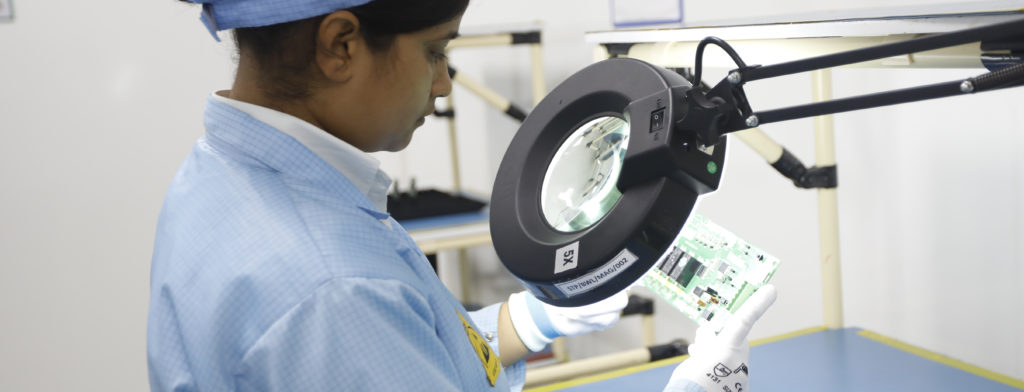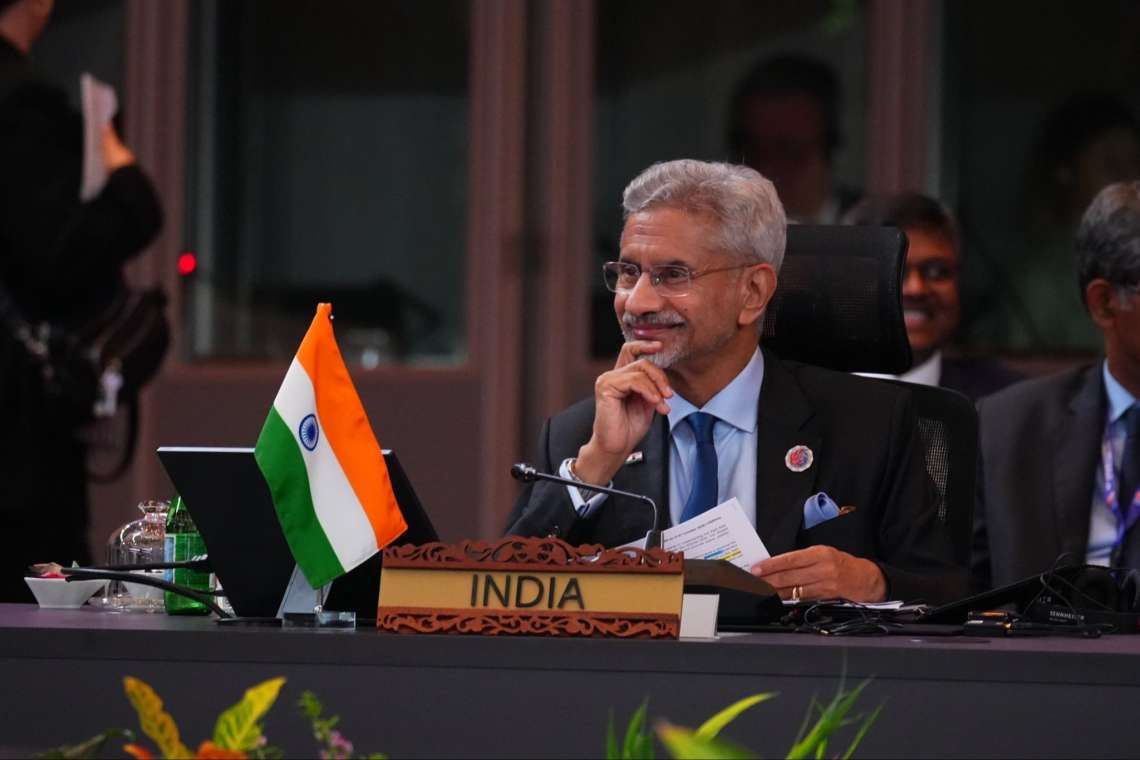Lack of education, marriage and family planning, pay gap, and societal barriers are some major reasons for low women participation. …reports Asian Lite News
India’s goal to become a $7 trillion economy is only possible when participation of women in the workforce increases by 50 per cent, according to an expert on Monday.
While millions of Indian women are working in the country, the majority are employed in unorganised sectors as daily wage labourers and women’s participation in the organised sector is below 30 per cent.
Sachin Alug, CEO, NLB Services, a global technology and digital talent solutions provider, said that removing gender disparity and including women in industries, from farming to tech, creating value, and wealth, can help in increasing the GDP of the country.
Lack of education, marriage and family planning, pay gap, and societal barriers are some major reasons for low women participation. Moreover, certain sectors, particularly male-dominated ones such as manufacturing, construction, transport, and IT/BPO pose obstacles for women entrepreneurs and employees.
“Empowering women isn’t merely a moral obligation; it’s an economic imperative for India’s prosperity. Industry reports indicate that India can achieve a GDP growth rate of 8 per cent provided women account for nearly half of the new workforce set to be created by 2030. Closing the gender disparity in the workforce necessitates collaborative endeavours from individuals, industry, academia, and government,” said Alug, in a statement.
“Employing a gender-inclusive strategy in innovation, technology, and digital education can enhance women’s awareness and engagement. Organisations should promote inclusive work culture and implement policies that give equal opportunities at the workplace while removing the wage gap,” he added.
However, companies are addressing this gap through initiatives like promoting diversity, ensuring workplace safety, and offering flexibility.
Alug emphasised the need to “provide women with opportunities for upskilling and re-skilling, particularly in critical sectors like manufacturing, EV, and technical roles such as data science and artificial intelligence”.
“Increasing women’s participation in traditionally male-dominated sectors is essential for bridging the gender gap and driving India’s goal to become a $7 trillion economy by the end of this decade,” he said.
ALSO READ: UAE Extends Additional Cut of 163K BPD














